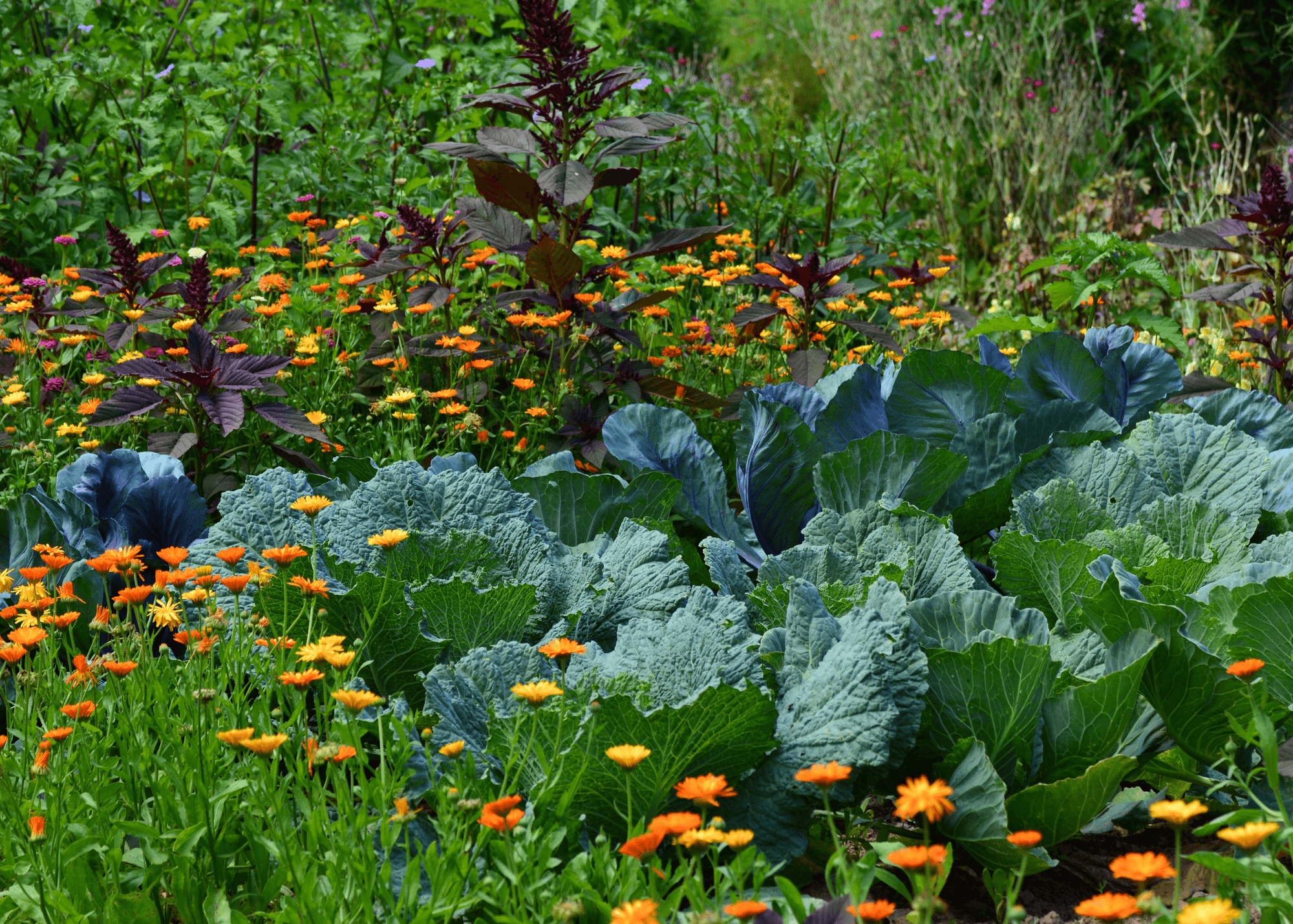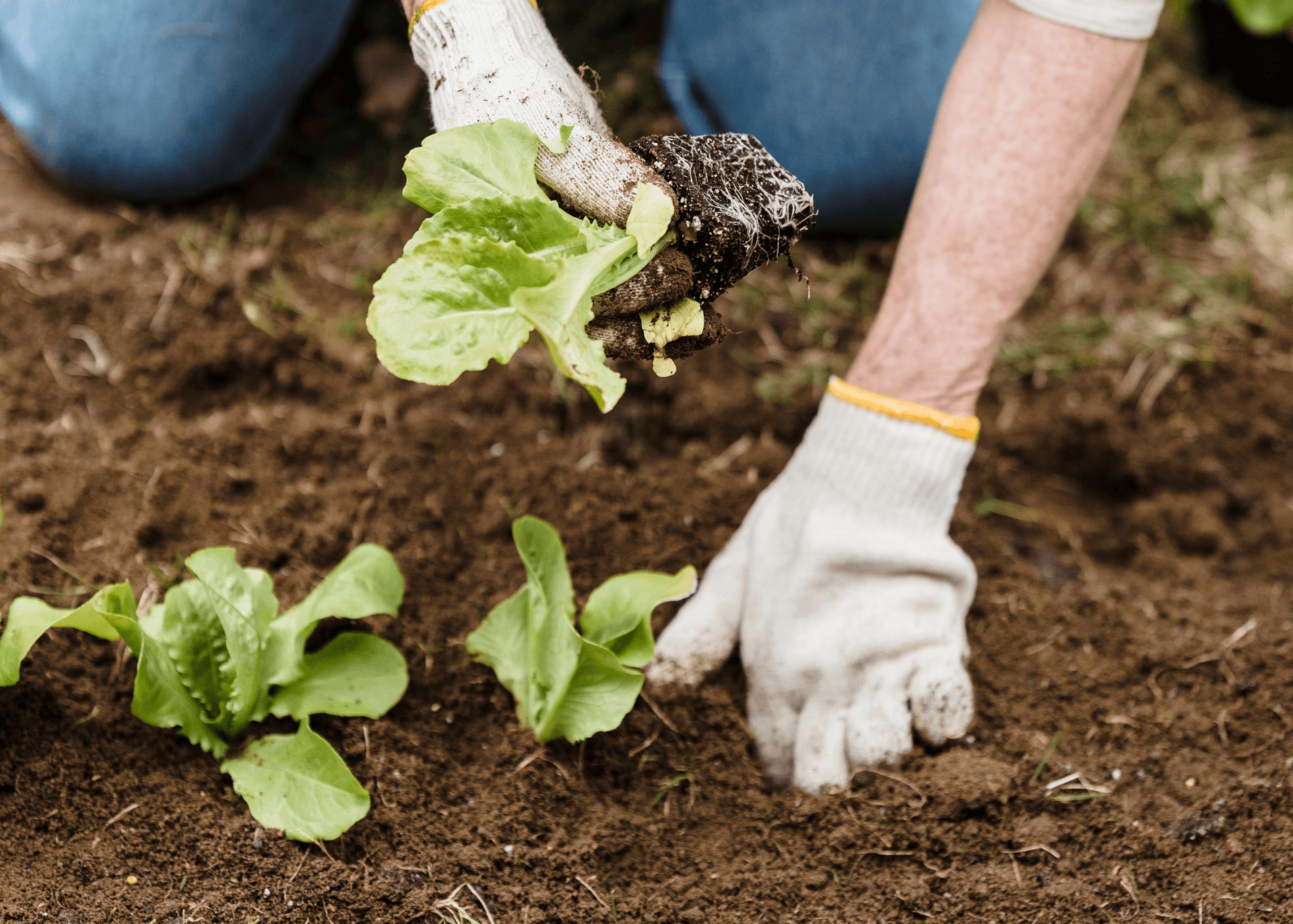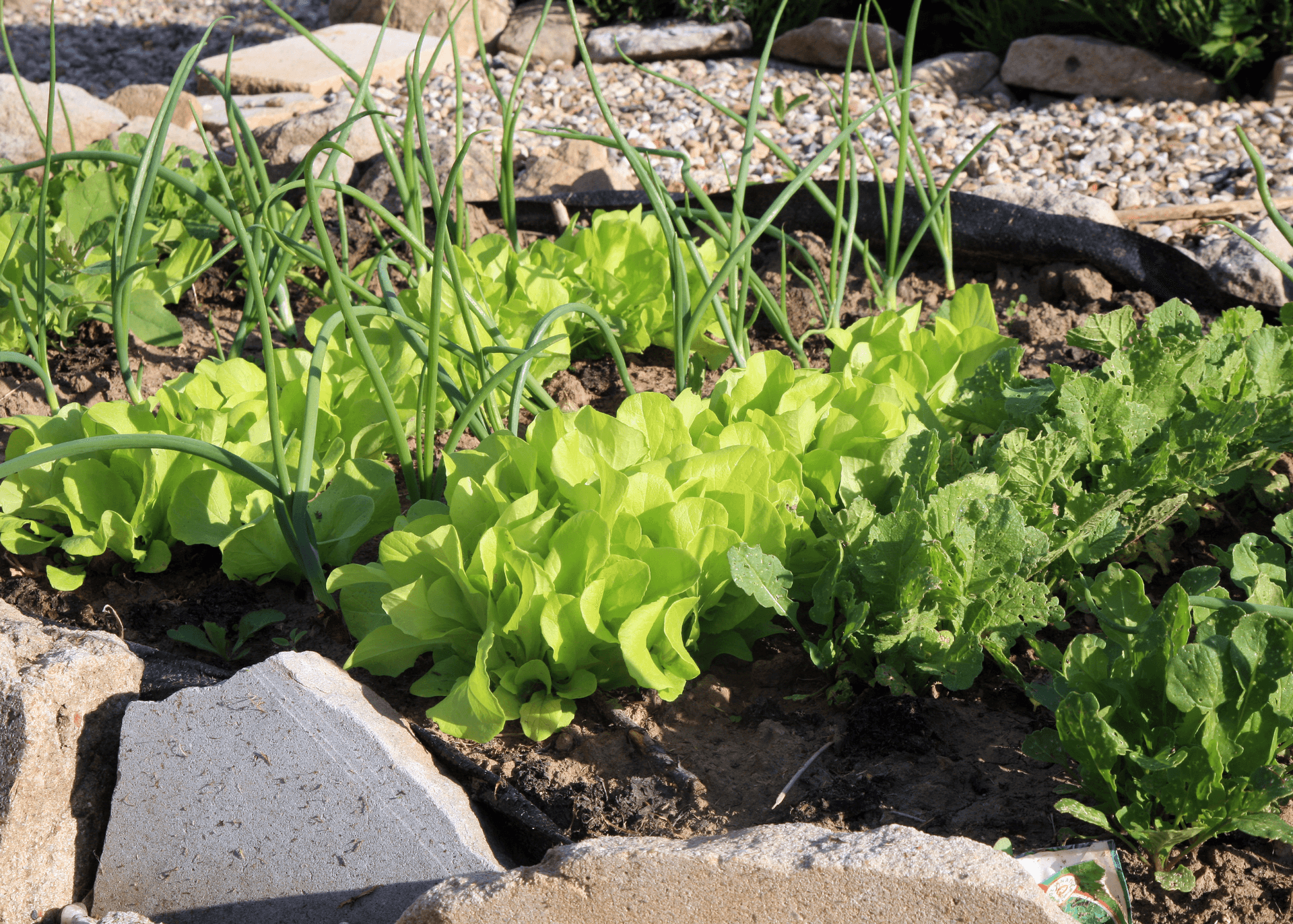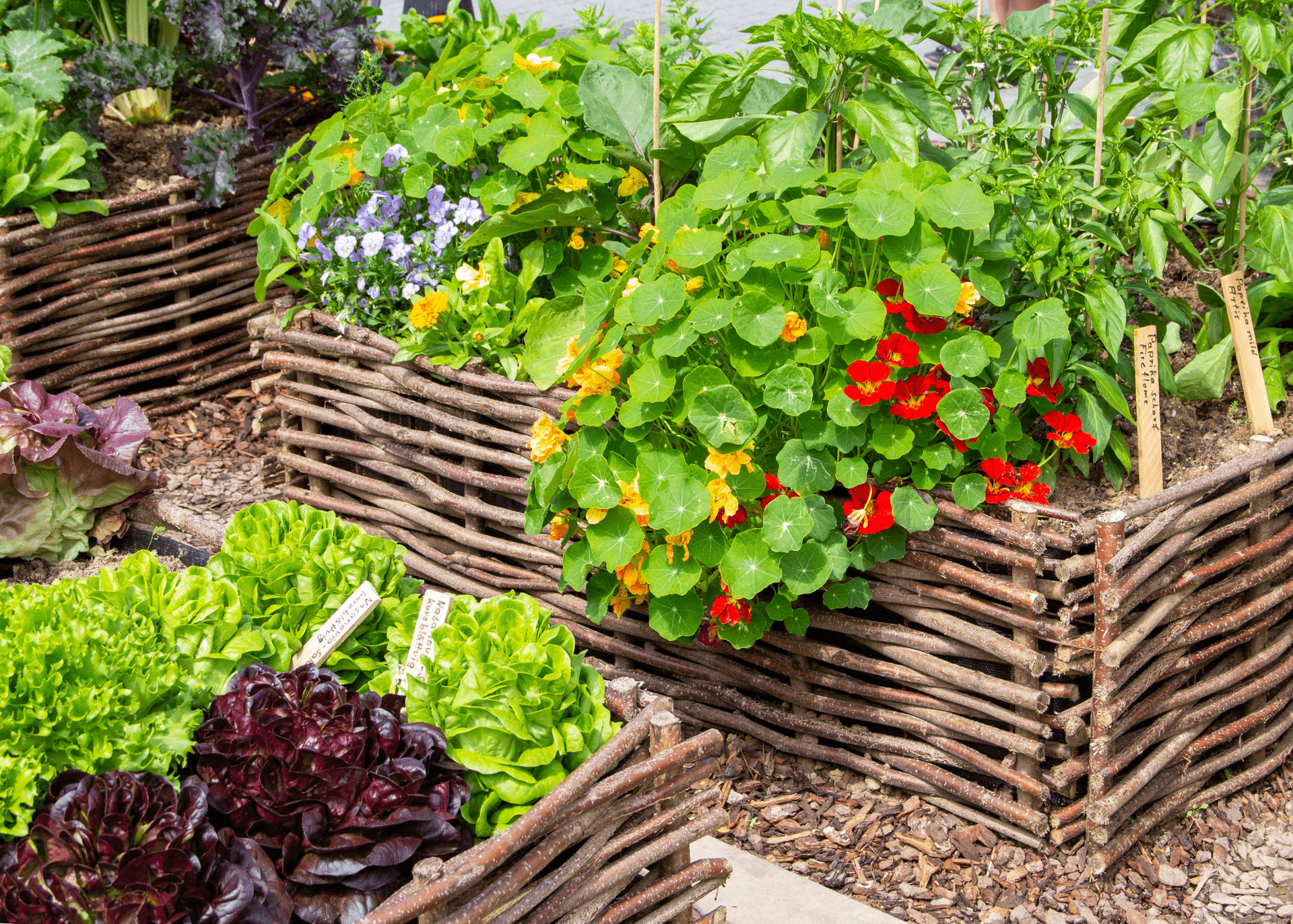Companion Planting: Natural Pest Control for your Garden

Companion planting is the practice of planting different plants together in a way that benefits both of them. In the case of pest control, companion planting can help deter pests by creating an environment that is less appealing to them. Here are some tips for using companion planting to control pests naturally.
1. Plant Marigolds

Marigolds are one of the best plants for deterring pests. They contain a chemical called thiophene, which repels many insects, including whiteflies and nematodes. Plant marigolds around the perimeter of your garden, or intersperse them among your other plants. You can also use marigold leaves to make a natural insecticide spray.
2. Grow Herbs

Many herbs have natural pest-repelling properties. For example, basil, thyme, and mint can repel aphids, flea beetles, and whiteflies. Plant these herbs throughout your garden, or make a pest-repelling spray by steeping them in water and spraying the mixture on your plants.
3. Mix in Flowers

Flowers can also help deter pests by attracting beneficial insects such as ladybugs and lacewings. These insects feed on pests such as aphids and caterpillars, keeping them under control. Plant flowers such as zinnias, sunflowers, and cosmos throughout your garden to attract these beneficial insects.
4. Rotate Your Crops

Crop rotation is another way to control pests naturally. By rotating your crops, you can help prevent pests from building up in the soil. Different plants have different nutrient needs, so rotating your crops can also help maintain soil health. For example, if you grow tomatoes in one spot one year, plant beans or peas in that spot the next year to help replenish the soil.
5. Use Intercropping

Intercropping is the practice of planting different crops together in the same area. This can help deter pests by creating confusion and making it difficult for them to find their preferred host plant. For example, planting onions and garlic among your other plants can help repel aphids and other pests.
6. Consider Trap Crops

Trap crops are plants that are specifically planted to attract pests away from your main crop. For example, planting radishes or nasturtiums can help attract flea beetles away from your other plants. Trap crops can be used as a sacrificial crop, allowing the pests to feed on them while leaving your other plants alone.
7. Plant Cover Crops

Cover crops are plants that are grown specifically to improve soil health. They can also help control pests by providing a habitat for beneficial insects and improving soil structure. For example, planting clover or vetch can help attract beneficial insects such as ground beetles and spiders, which can help control pests.
In conclusion, companion planting can be an effective way to control pests naturally. By planting marigolds, herbs, flowers, and using crop rotation, intercropping, trap crops, and cover crops, you can create a garden that is less appealing to pests and more attractive to beneficial insects. By using these natural methods, you can help keep your garden healthy and thriving without resorting to chemical pesticides.

